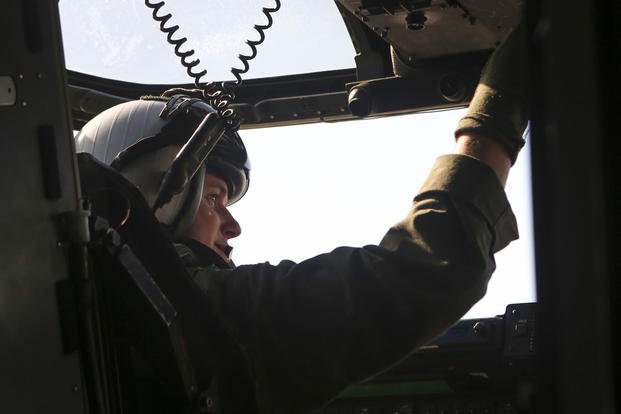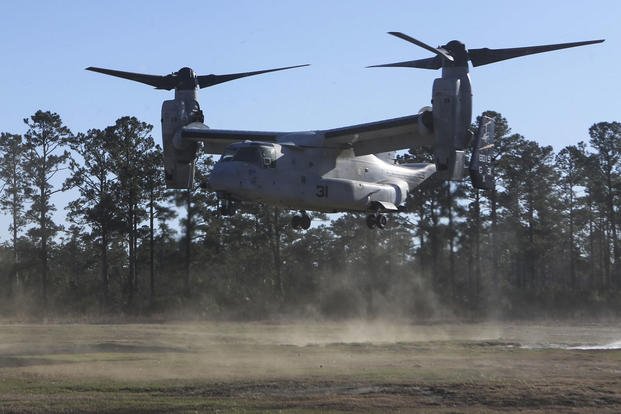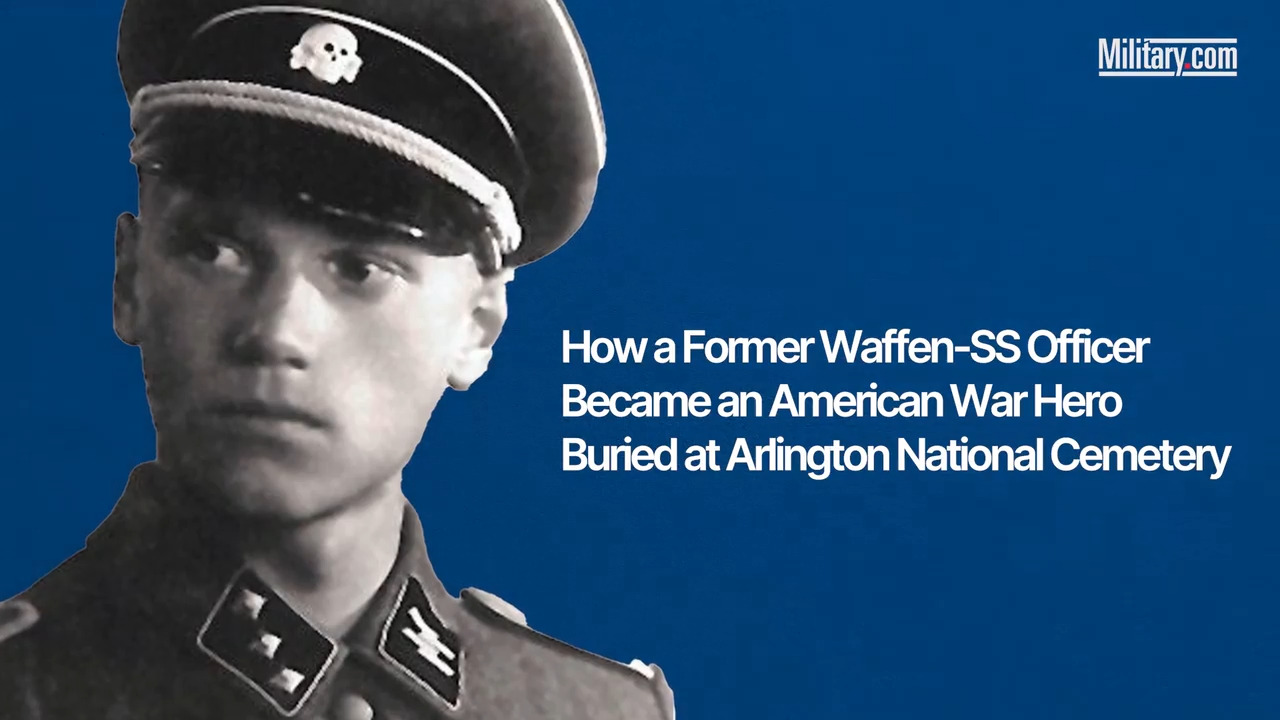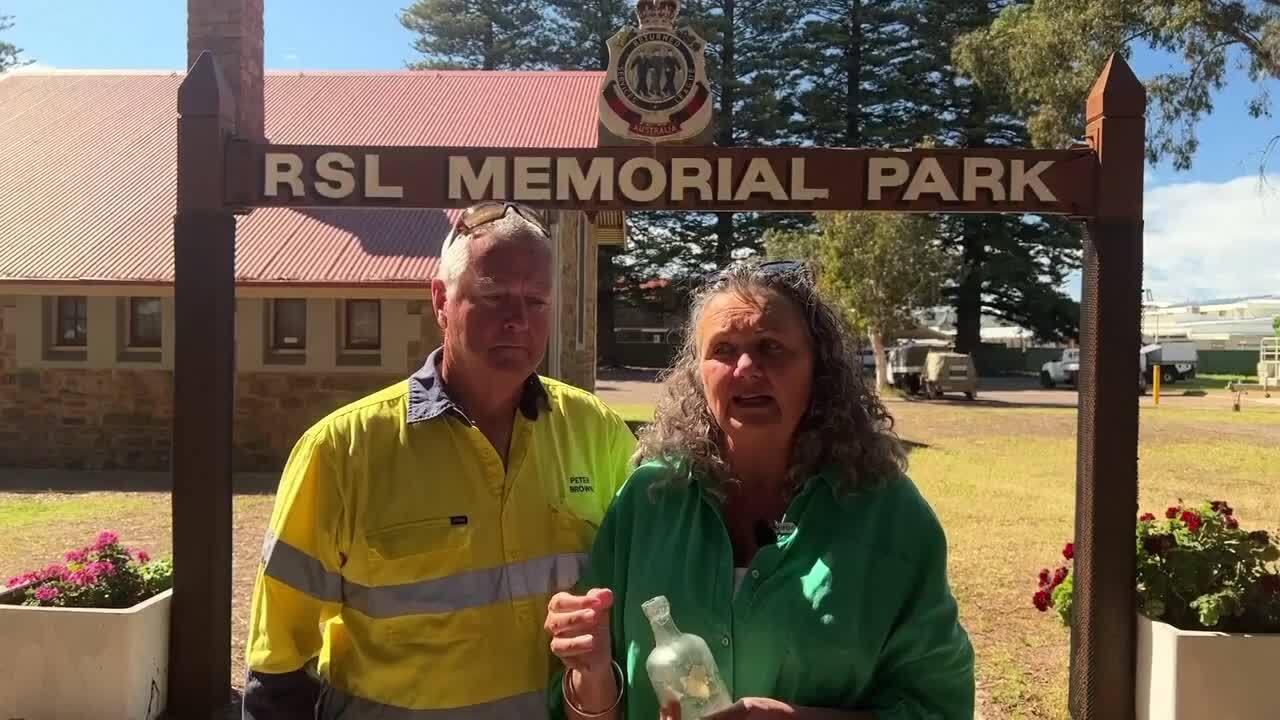MARINE CORPS BASE CAMP LEJEUNE, N.C., January 22, 2016 — Marine Corps 1st Lt. Erik Erlandson, assigned to Marine Medium Tiltrotor Training Squadron 204, proved his skills as an MV-22B Osprey aircraft co-pilot Jan. 12.
He was judged against the strict standards and requirements of the Naval Air Training and Operating Procedures Standardization Program and completed the final steps toward joining the Marine Corps fleet.
Erlandson completed his final flight with the training squadron at Marine Corps Air Station New River, North Carolina. Marine Corps Maj. Matthew Cave, the student control officer for the training squadron, evaluated him during the flight to confirm his preparedness to join the operating forces.
“We provide new pilots and crew chiefs to the fleet,” Cave said. “Today we are doing a check ride, [which is] basically the final event before they graduate.”
Training
Leading up to the check ride, pilots receive classroom instruction, and perform basic manipulation of the aircraft, basic maneuvering, formations, instrument flying, confined area landings, low altitude tactics, flying using night systems and much more.
During training, Erlandson, like all Osprey student pilots, completed two flights in the simulator for every one flown in the sky. The beauty of the simulator is that instructors can freeze, replay and do-over as much as much as they need to — exposing student pilots to any scenario they might actually face. The entire syllabus is about four months long, Cave said.
“By our standards, I should be able to ask him any question about the core skills of the V-22 [such as] our operating manual, the airplane limitations, emergencies and basic maneuvering,” he said. “He knows all that and I’ll be quizzing him on it today to make sure that he is good enough to leave here.”
Check Ride
During the check ride, Erlandson demonstrated his skills in communication as well as in flying. He was required to speak with range control to clear landing space, as well as being aware of any obstacles in the area, such as parachutists. While in flight, he proved his knowledge in several different approaches, landing and tactical maneuvers.
“I was pretty nervous getting to the brief because there is so much to be quizzed on and a lot of limitations that you have to know,” Erlandson said. “But once I got through the brief I felt pretty confident going into the flight.”
At the end of the check ride, both pilots knew the flight went smoothly and Erlandson proved he was ready to move to the fleet. He is prepared to take the next step in his career as he becomes the newest pilot assigned to Marine Medium Tiltrotor Squadron 365, based at Marine Corps Air Station New River, North Carolina.
“Advice that I would give to new pilots is to study early and often,” Erlandson said. “I know that it can be overwhelming at first, but if you stay the course and take small bites at a time it’ll add up and you’ll be well prepared to continue on.”





























